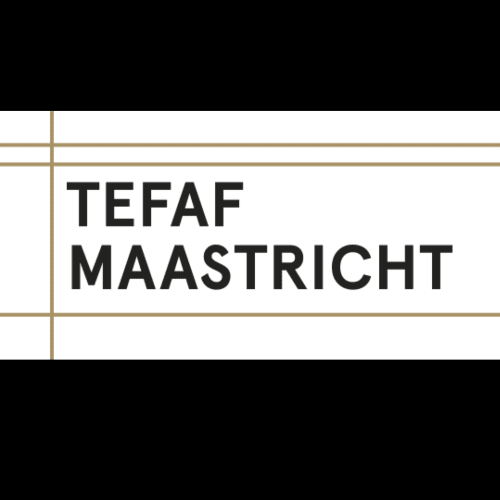The Weiss Gallery will be returning to TEFAF Maastricht this March (16 - 24) with an array of newly discovered Old Master portraits by Northern European artists.
The gallery will be exhibiting portraits from the English, Dutch, and Flemish schools of the 16th and 17th centuries, with an emphasis on works by artists active in the Netherlands in the first half of the seventeenth century. These include three portraits by Michiel Jansz. van Mierevelt (1566 - 1641) representing different stages of his lengthy career. Tantalisingly, one has a direct connection to the city of Maastricht itself; its sitter having been appointed the city's Governor in 1632. It will be the first time that it has been shown in the city with which the sitter had such a strong titular association.
It was painted in 1626, arguably when the artist was at the apogee of his artistic powers as official court portraitist in the Stadtholder court of Prince Maurice of Orange-Nassau, in The Hague. He portrays the young Frédéric Maurice de La Tour d’Auvergne, duc de Bouillon (1605 - 1652) an ambitious close relation of the Orange-Nassau dynasty, at the age of twenty-one, dressed in armour, an allusion to his military ambitions. Frédéric Maurice, named after his powerful uncles, Frederick Henry, Prince of Orange, and Prince Maurice of Orange-Nassau had received his early military training in Holland, under his uncles’ guidance. Here, Mierevelt depicts a primed, motivated young man, on the verge of a sharp elevation from an already illustrious standing. Only six years after this portrait was painted, aged only twenty-seven, he was made the Governor of Maastricht and the United Provinces.
The provenance for this portrait takes us back to the prestigious collection of the Earls of Craven, which owes its reputation in great part to the gallery of portraits that once belonged to Elizabeth of Bohemia, the ‘Winter Queen’, sister of Charles I of England. Elizabeth and her husband, Frederick V of Bohemia, had found refuge at the Prince of Orange’s court at The Hague in 1621, where Elizabeth went on to spend forty years in exile. There, she patronised the principal court painters, Mierevelt being a favourite, along with Gerrit von Honthorst, and assembled a remarkable gallery of portraits of her family and friends, particularly of the many Protestant rulers and commanders who championed her cause, presumably including our sitter. After her death in 1662, most of Elizabeth’s paintings passed to her lover, William, 1st Baron and Earl of Craven, either directly or by eventual bequest from her son, Prince Rupert. We can therefore assume that the present portrait of the young Protestant duc de Bouillon hails from the Winter Queen’s collection.
We are also proud to be exhibiting a newly identified full-length portrait of Gerard Reynst, 2nd Governor-General of the Dutch East Indies (c.1568 - 1615) by the now overlooked Amsterdam master Frans Badens (1571 - 1618). The painting, until we acquired it, had been misidentified and mis-catalogued for over a century. This is the prime original portrait from which all known copies, which are all in the Rijksmuseum's permanent collection, derive. We are thrilled to have decoded this previously anonymised portrait and look forward to our TEFAF audience's reaction to this important Dutch portrait.
Also on view will be English portraits representative of the early English court painters George Gower, Paul van Somer, and Cornelius Johnson, as well as a Caravaggesque masterpiece by Giuseppe Vermiglio, depicting the 'Sacrifice of Isaac'.
For any press enquiries, please email info@weissgallery.com
